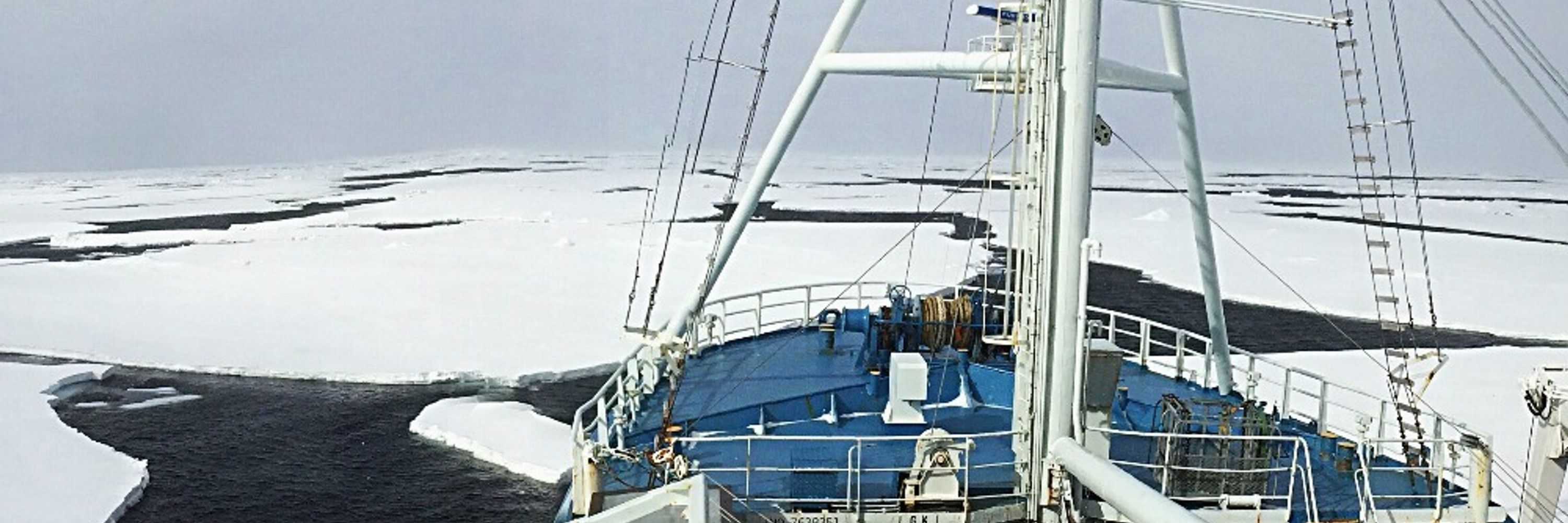Zack Labe
Climate Scientist (Atmospheric) at NOAA GFDL | PhD | Be kind | He/Him 🏳️🌈 | Views and thoughts expressed are my own | Passionate about improving science communication & accessibility through data-driven stories | https://zacklabe.com/ | 🎃
Antarctic: Sea-Ice Concentration/Extent/Thicknesszacklabe.com My visualizations: Arctic Climate Seasonality and Variability Arctic Sea Ice Extent and Concentration Arctic Sea Ice Volume and Thickness Arctic Temperatures Antarctic Sea Ice Extent and Concentration...
Data Ranking Archive – 2024zacklabe.com December 2024 November 2024 October 2024 September 2024 August 2024 July 2024 June 2024 May 2024 April 2024 March 2024 February 2024 January 2024 Other climate year statistics: Data Archive - 2023 Dat...
Arctic: Sea-Ice Thickness/Volumezacklabe.com My visualizations: Arctic Climate Seasonality and Variability Arctic Sea Ice Extent and Concentration Arctic Sea Ice Volume and Thickness Arctic Temperatures Antarctic Sea Ice Extent and Concentration...
Call for Board Members 2024-2025usapecs.org Call for Board Members 2024-2025
Extreme Heat Workshop | Columbia Climate Schoolclimate.columbia.edu
Arctic Temperatureszacklabe.com My visualizations: Arctic Climate Seasonality and Variability Arctic Sea Ice Extent and Concentration Arctic Sea Ice Volume and Thickness Arctic Temperatures Antarctic Sea Ice Extent and Concentration...
